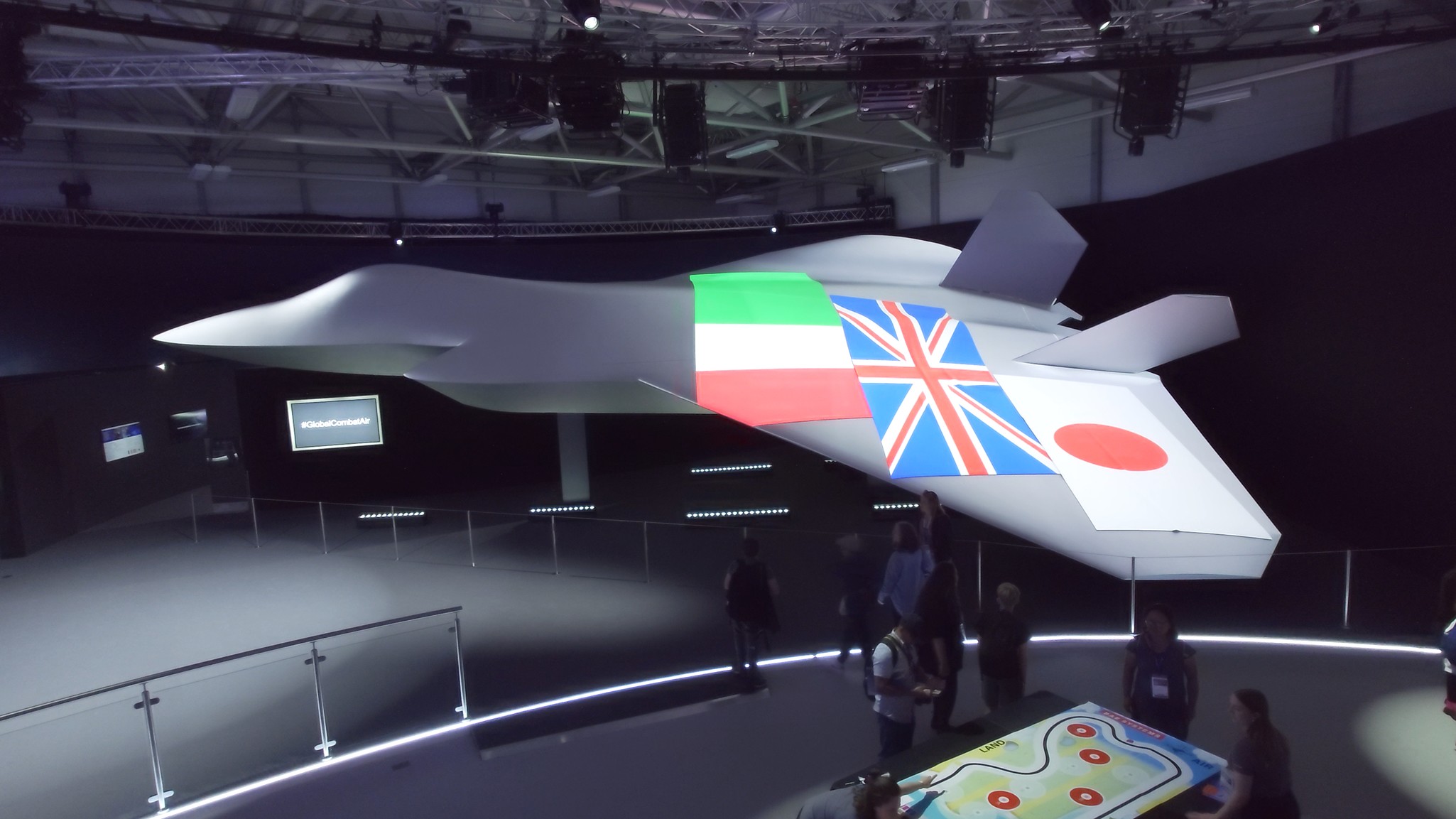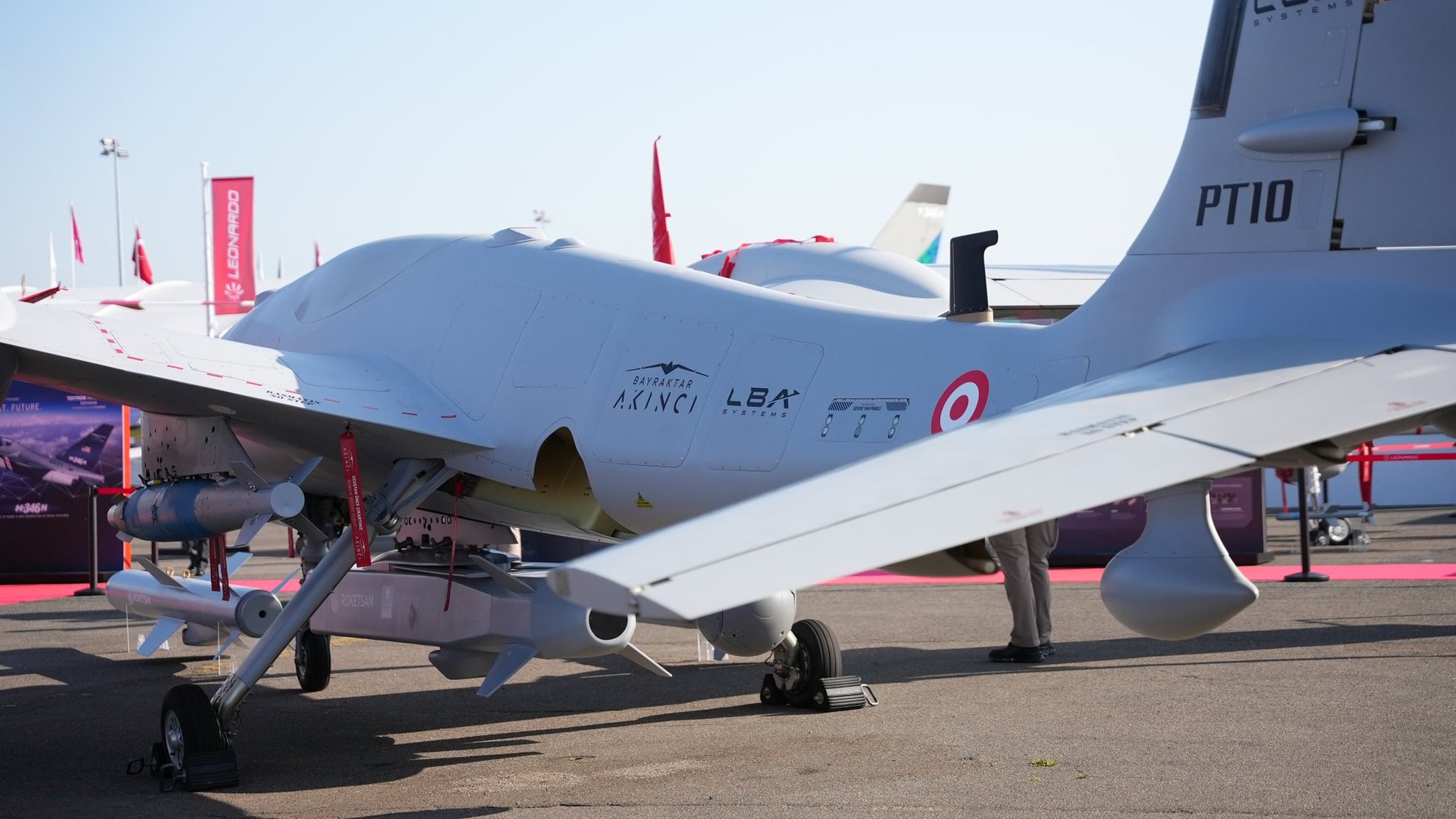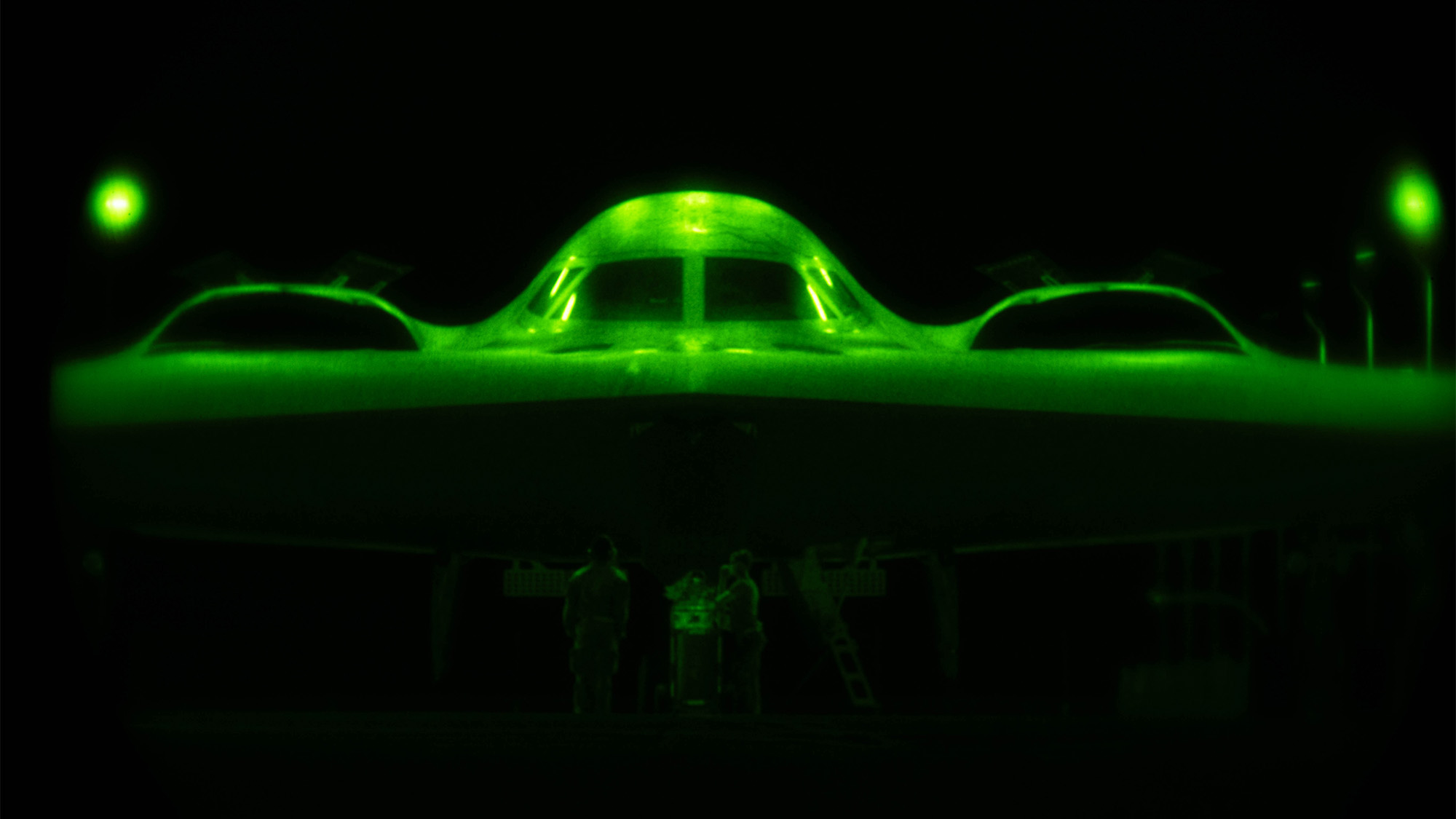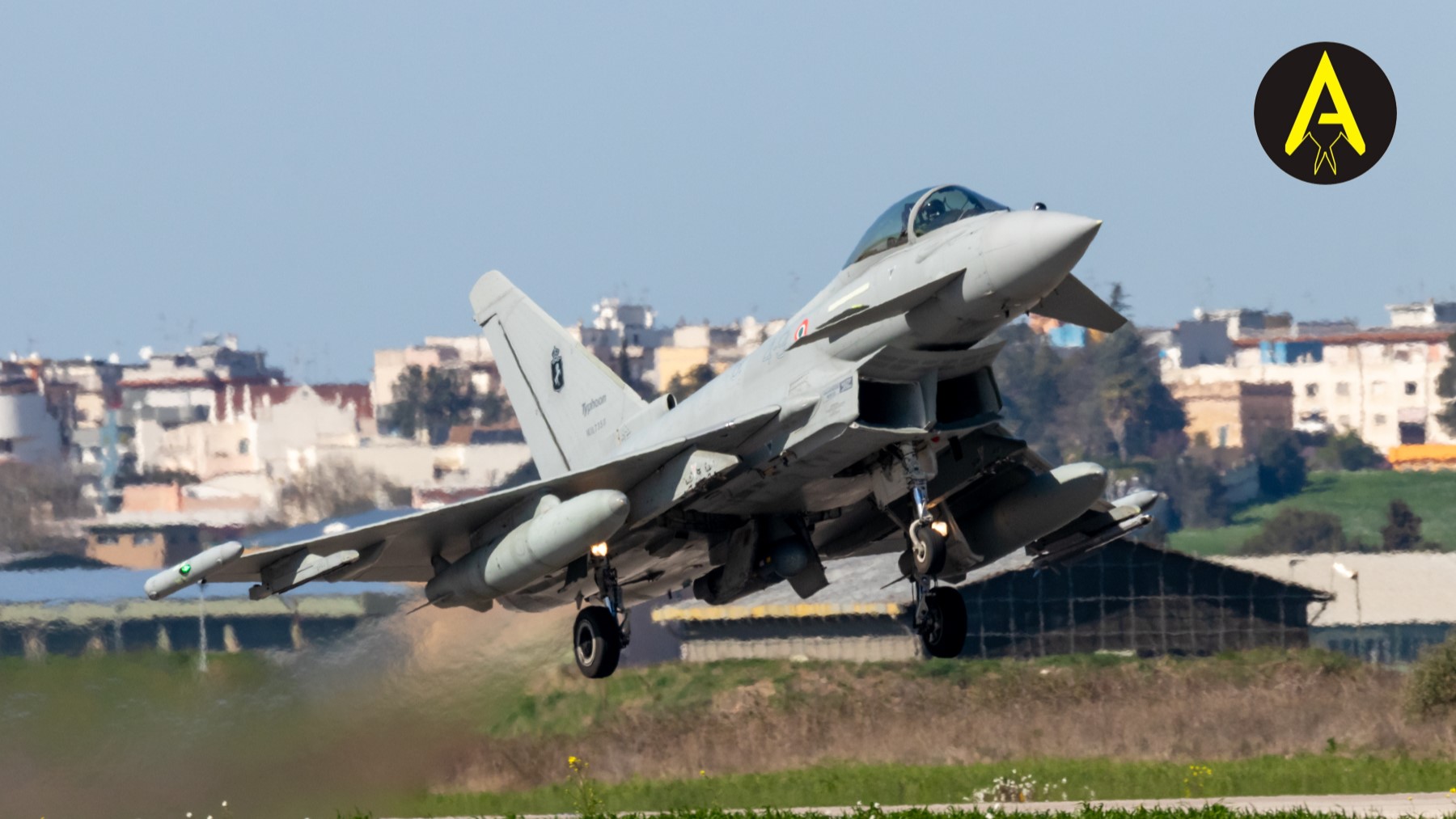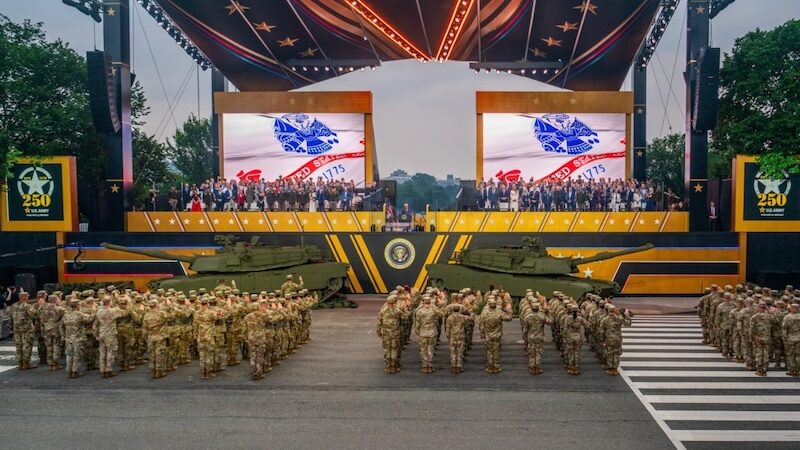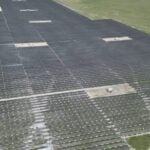Lithuania warns Europe against making ‘big mistake’ of breaking off from US defense industry
“There is enough space for [the] US, South Korea, Turkey, these countries which are out from the European Union as well,” Estonia’s Minister of Foreign Affairs Margus Tsahkna said.


Kestutis Budrys, Lithuania’s foreign minister, during a Bloomberg Television interview at the North Atlantic Treaty Organization (NATO) summit in The Hague, Netherlands, on Tuesday, June 24, 2025. (Bloomberg via Getty Images)
BELFAST — Europe should continue to make investments in the US weapons industry instead of breaking away from its transatlantic partner, according to senior Lithuanian and Estonian lawmakers.
Kestutis Budrys, Lithuania’s foreign affairs minister, said during an event on the sidelines of the NATO Summit today that it would be a “really big mistake for Europe just to draw the line, to build defense” capabilities without the US.
He added that there is “room enough for everyone, and I’m talking about our transatlantic relations on this specific element.”
Europe’s urgent push to rearm in order to deter Russia, alongside pressure from President Donald Trump for the continent to do more for its own security, has yet to see a dramatic shift in European procurement trends away from major US manufacturers.
Speaking alongside his Baltic State counterpart, Estonia’s Minister of Foreign Affairs Margus Tsahkna said, “What Europe is now putting into defense, led by Germany … we are talking about trillions of euros within the next maybe seven, eight years, and this is money that US industry is very much interested” in.
“There is enough space for [the] US, South Korea, Turkey, these countries which are out from the European Union as well,” he added.
Estonia and Lithuania are both heavily invested in the acquisition of US defense equipment including AIM-120C-8 Advanced Medium-Range Air-to-Air Missiles, M142 High Mobility Artillery Rocket Systems (HIMARS), FGM-148 Javelin missiles, Joint Light Tactical Vehicles, Switchblade 600 loitering munitions, and UH-60M Black Hawk utility helicopters.
In March, Lithuanian Defense Minister Dovilė Šakalienė, said that the country has signed off $2 billion worth of business with American defense firms in the past three years and has “need” for “at least $8 billion” more in “coming years” — based off Vilnius’s recent decision to boost defense spending to between 5 and 6 percent of its GDP beginning in 2026.
Lithuania’s ministry of national defense also said in a 2023 statement that it is engaged in more than “60 acquisition projects” with the US.
Vilnius and Northrop Grumman are also tied to a Memorandum of Understanding (MoU) committing the US manufacturer to support local suppliers in the production of medium-caliber ammunition for Infantry Fighting Vehicles.
In a company statement at the time, Northrop said that the pact allows it to “share technologies and advanced manufacturing expertise with Lithuanian industry, consistent with United States policy.”
As Breaking Defense previously reported, Estonia is mulling a second HIMARS order but has also entered talks with US industry competitors for alternative systems as it has concerns around lead times and production slots of the Lockheed Martin-produced weapon. Tallinn recently approved a four-year defense investment plan, complete with additional funding of €2.8 billion ($3.2 billion), projected to push its military spending to an average of 5.4 percent GDP out to 2029.
The question of “what we are going to order and what kind of capabilities we are going to develop,” takes priority, “because we have witnessed that Ukraine is using totally new” weapons, said Tsahkna. “In the region [Europe] we must be interested as well about these kind of solutions, but it doesn’t mean that … we won’t need traditional air defense systems and HIMARS.”
Elsewhere at the NATO Summit, allies approved an updated Defence Production Action Plan. NATO said in a a statement that the newly revised document “responds to the need for Allies to produce more and faster, in a rapidly-evolving security environment.” It added that the plan “aims to improve Allies’ ability to aggregate demand, deliver cutting edge capabilities, and accelerate the growth of defence industrial capacity and production, including by providing long-term orders and clear demand signals to industry.”


































































































